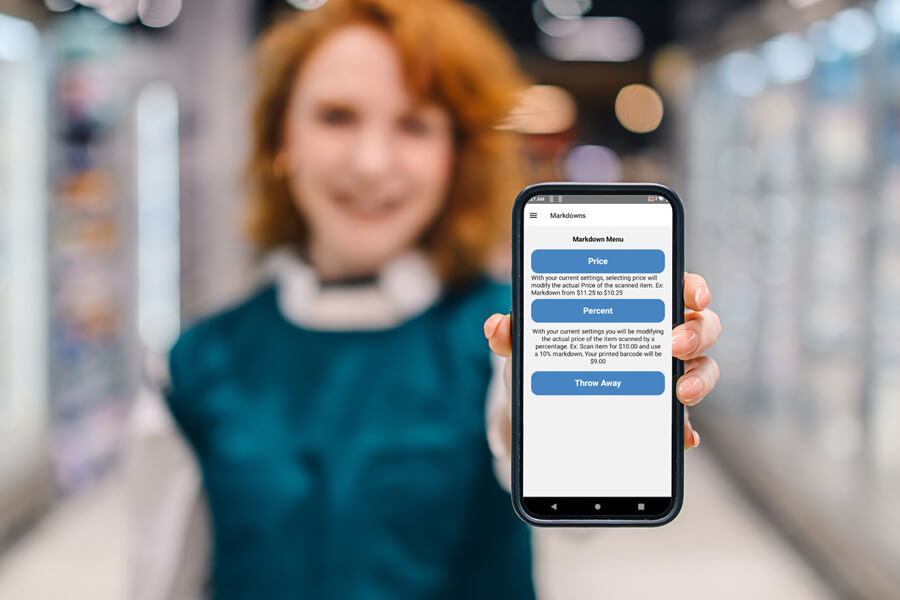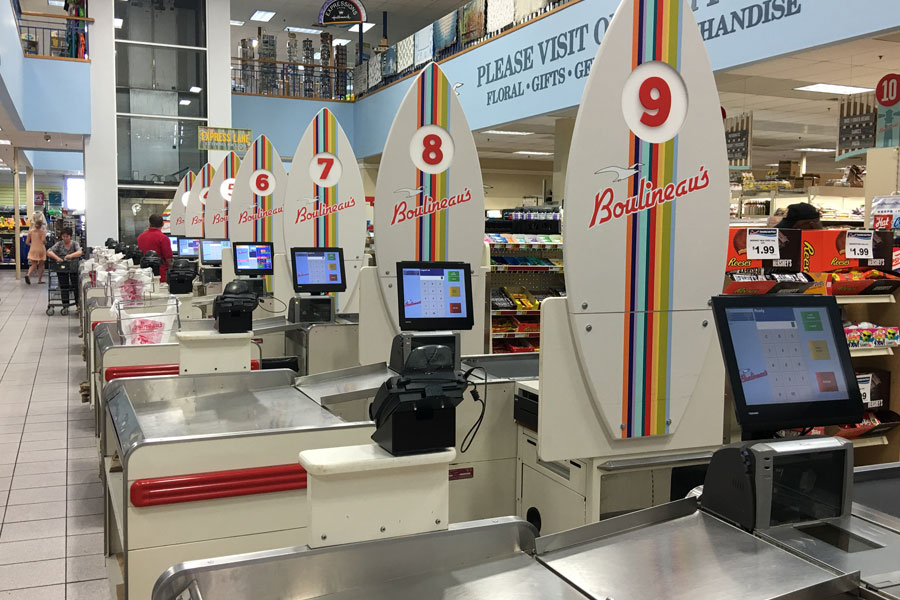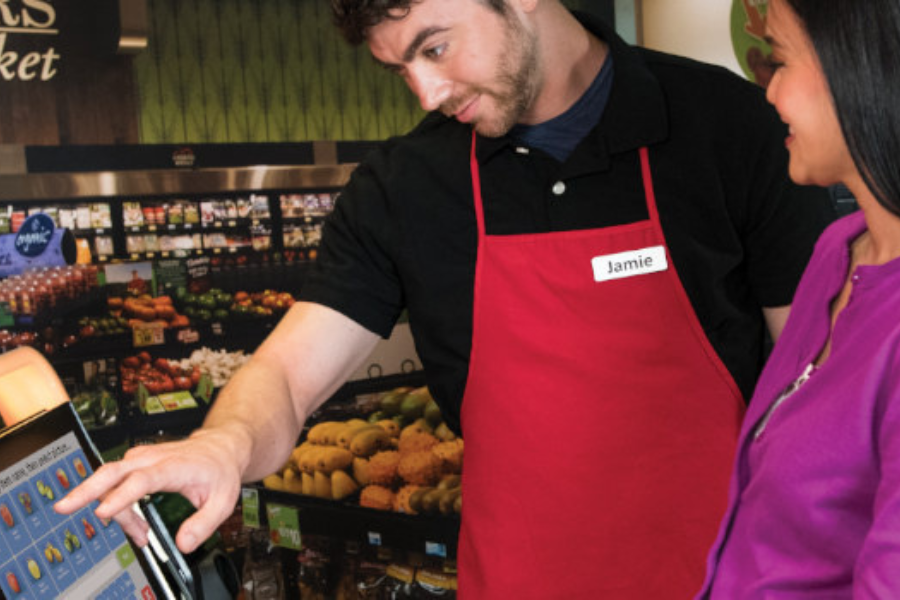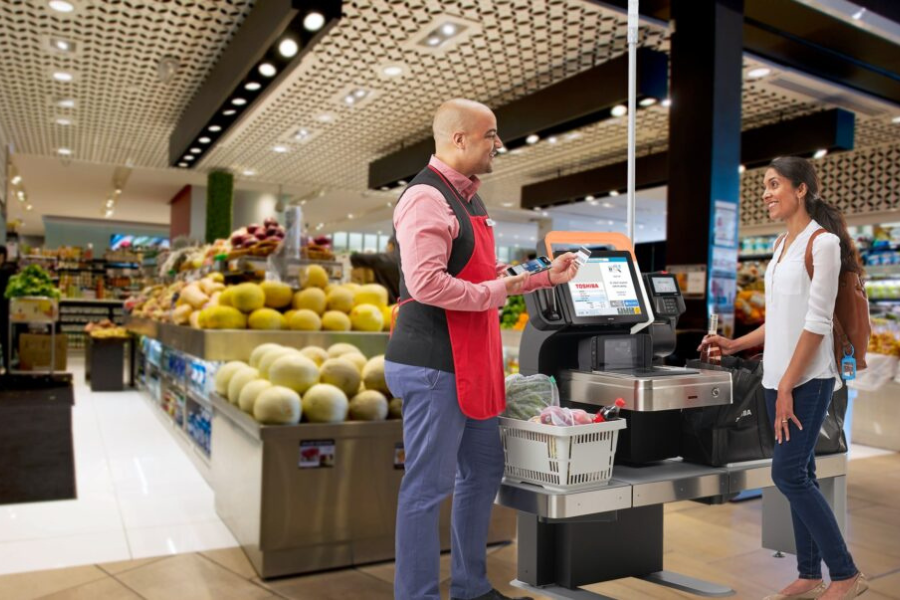Protect Your Margins by Improving Your Markdown Strategy
You do all you can to minimize price markdowns, but as an independent grocer, you know they’re a part of doing business. Your markdown strategy helps you sell products close to expiration to minimize shrinkage or move seasonal items to make space for new products. Markdowns also let you capture some margin, or at least your costs, to preserve a healthy bottom line. Grocers face common challenges when establishing an effective markdown strategy, but fortunately, markdown optimization solutions can help you preserve profit and operational efficiency.
Common Grocery Markdown Strategy Challenges
You need to consider various data points, processes, and operational limitations when creating your strategy for managing markdowns. Key factors to address include:
Data Complexity
To make an informed decision on markdowns, you need easy access to your inventory of perishable items and their expiration dates. Logs and legacy software probably won’t support real-time visibility or provide the necessary data, such as sales volume and demand. Optimizing your strategy requires capturing as much revenue as possible but not reducing prices too soon and losing the full price of the sale. You need data to help you find the right balance.
Labor Limitations
Manual markdowns take time. There may not be hours in the store schedule to assign an employee with the proper training to handle markdowns so that errors are at a minimum. Unfortunately, busy employees can also deprioritize markdowns, instead turning their attention to other tasks.
Customer Experience
Technology Integration
Integrating markdown optimization solutions can be costly if you’re using legacy store technology. Even with integration, some of the data you need for informed decision-making may still not be easily accessible.
Measuring Effectiveness
Once you decide on price markdowns, knowing if you’ve preserved some margin or will experience a loss is hard. A bump or decline in revenue could be related to store traffic, a promotion you’re running simultaneously with the markdowns, or even the weather. Without a way to monitor its impact, it’s hard to know if your markdown strategy is working or if you need to make adjustments.
The Importance of Markdown Rotation Timing
In addition to overcoming other challenges with your markdown strategy, you also need to optimize markdown rotation timing. Perishables have different shelf lives, so the markdown rotation will vary by department and specific products. Although marking down perishables at the right time is essential, there’s more to markdown rotation timing. If you mark down too frequently or at a predictable time, customers may learn that if they wait, they can get items at a discounted price, which will negatively impact your margins. Additionally, promotions may make it necessary to change rotation timing and planograms to give products the optimal shelf spot. It is also important to avoid conflicts and confusion between departments (e.g., produce vs. pricing teams) over who owns the process.
It is challenging to create a standard process that covers everything your team needs to know. Without a solid markdown rotation protocol, different employees may use their own judgment to make markdown decisions, and without proper training, markdowns can lead to losses.
Overcome Challenges with Automated Markdown Management
Price markdowns will always be a challenge and a potential source of losses when grocers manage them with time-consuming, inaccurate processes. Implementing an automated markdown management solution allows you to change course.
Grocers running markdown optimization solutions on handheld devices can find the items that will soon expire, discount prices, and generate new barcode labels that communicate savings to shoppers. The label also includes a QR code that allows you to continue to mark down the item as the expiration date approaches, minimizing the number of labels on the packaging. The system also tracks markdowns natively and gives you access to data through reporting. Using automated markdown management also solves pain points associated with manual processes:
Time Savings
Data on perishable items is easily accessible, and your team scans barcodes to print new labels quickly.
Technology Integration
You can integrate advanced markdown systems, like AI-powered or dynamic pricing tools, for fast, accurate decision-making. Integrating markdown optimization solutions also gives managers visibility and centralized policy control. You also have a record of who performed the markdowns for accountability.
Low Dependence on Employee Knowledge
For greater markdown rotation consistency, you can set automatic markdown triggers based on shelf life, demand, or local sales trends.
Monitoring Effectiveness & Profitability
An automated markdown system will help you understand whether price reductions or other factors led to sales and reduced shrink and food waste. These insights will help you adjust your markdown strategy to achieve the greatest margin.
Scalability
With an automated solution, you can easily manage discounting prices as your store grows or rotates inventory faster. Automated markdown management allows you to scale as you add new locations and expand the SKUs in your store inventory.
Take Control of Your Markdown Strategy with RHC
RHC is a mobile solution for grocery stores that empowers you to track and manage markdowns. It runs on durable and user-friendly Zebra hardware with built-in barcode scanners for streamlined processes and the greatest efficiency. If you’re exploring markdown optimization solutions, we’d love to help you take the next step.












